Unveiling the Power of "You" in Product Marketing: A Guide to Captivating Your Audience

Imagine this: you’ve poured your heart and soul into crafting a product or service, a solution that promises to transform lives. You’re brimming with enthusiasm, ready to share its magic with the world. But how do you ensure your message resonates with the right audience, sparking their interest and driving them to take action?
This is where the art of product marketing comes in, and it’s not just about showcasing features; it’s about understanding your customer’s "why".

Before we dive into the "how," let’s take a step back and address the "who."
Defining Your Ideal Customer Persona:
Think of your ideal customer as a real person, not just a demographic. Give them a name, a backstory, a job, hobbies, and aspirations. What are their pain points? What keeps them up at night? What are their hopes and dreams?
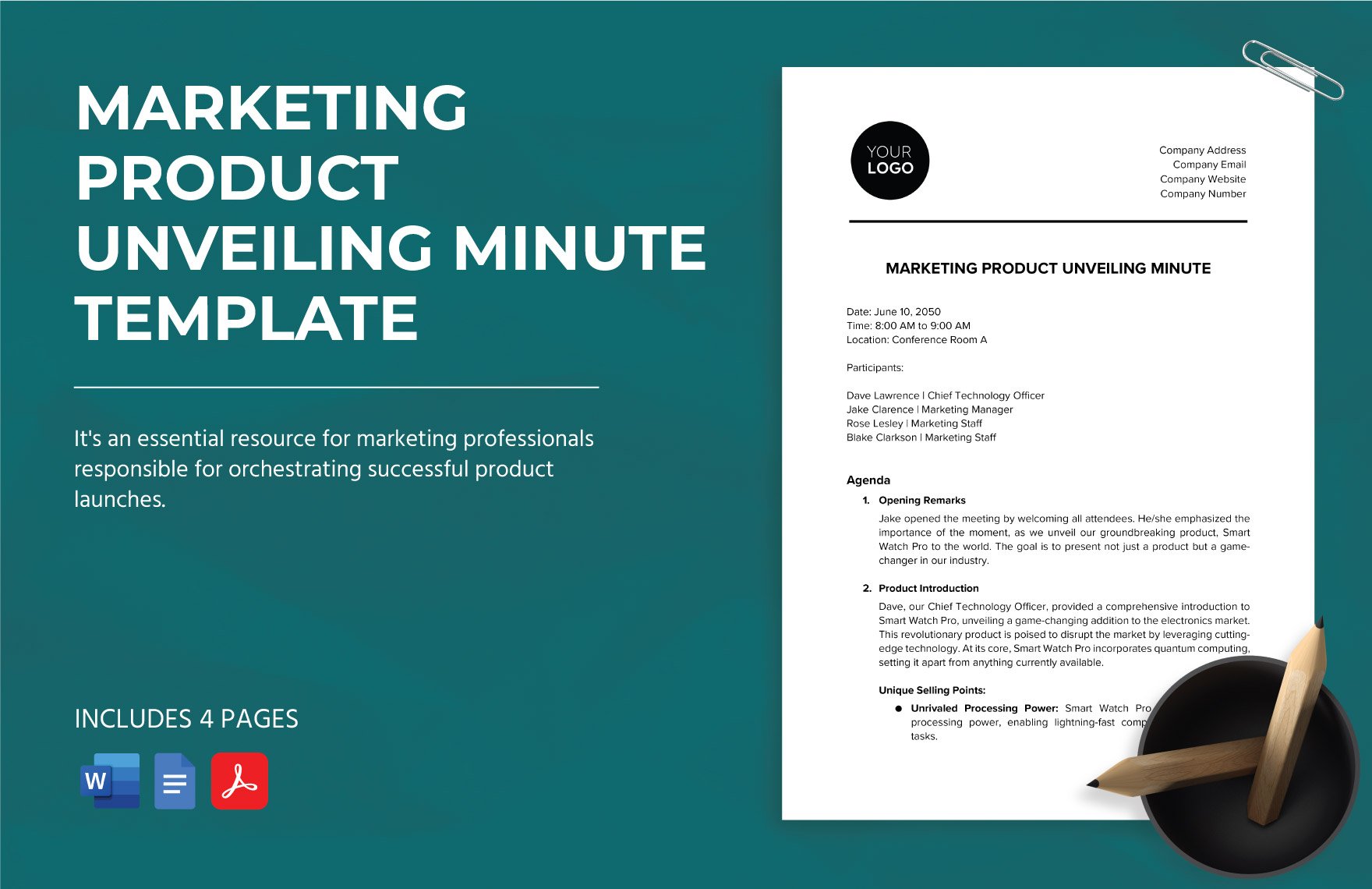
Let’s bring this to life with an example:
Imagine you’re selling a smart home automation system. Your ideal customer might be:
- Name: Sarah
- Age: 35
- Occupation: Marketing Manager
- Lifestyle: Busy professional, enjoys entertaining, values convenience and security
- Pain points: Feels overwhelmed by managing multiple devices, wants to control her home remotely, worries about security while she’s away
- Aspirations: To create a comfortable and stylish home that reflects her personality, to simplify her life and free up more time for her passions
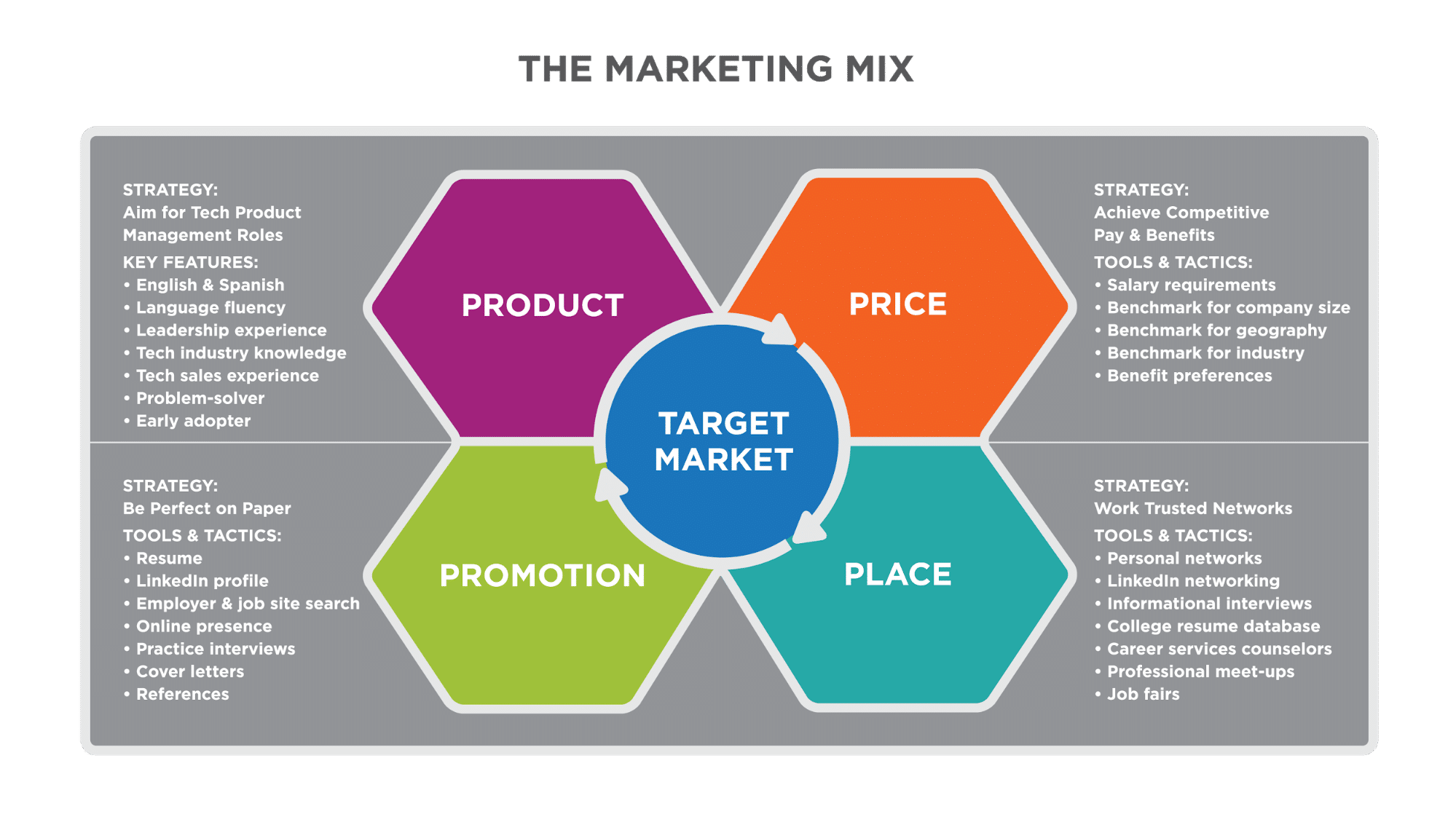

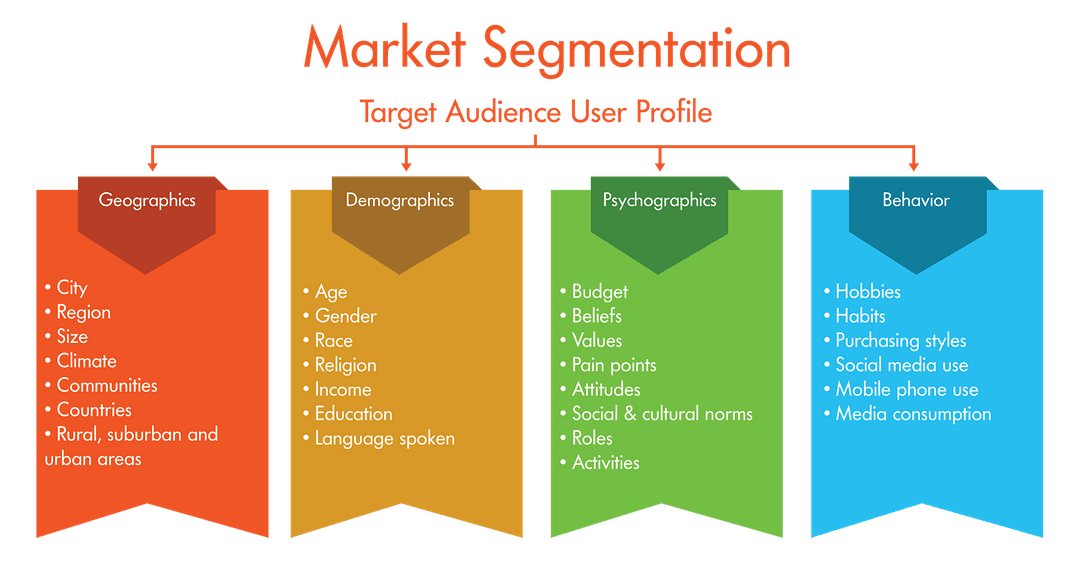


Understanding Sarah’s "why" is crucial. It allows you to tailor your message to her specific needs and desires, making it more compelling and relevant.
Now, let’s delve into the "how" of product marketing, focusing on the key features and benefits that resonate with your ideal customer:

1. Focus on the "Why" Not Just the "What":
- Features: These are the technical specifications of your product or service. For example, a smart home system might have features like voice control, remote access, and energy efficiency.
- Benefits: These are the tangible and intangible advantages your product or service offers to your customer. For example, the benefits of a smart home system for Sarah might include:
- Convenience: Control her home remotely with her phone, saving time and effort.
- Security: Monitor her home and receive alerts in case of intrusion, providing peace of mind.
- Energy Savings: Optimize energy consumption, reducing her utility bills.
- Improved Lifestyle: Create a more comfortable and personalized living environment.
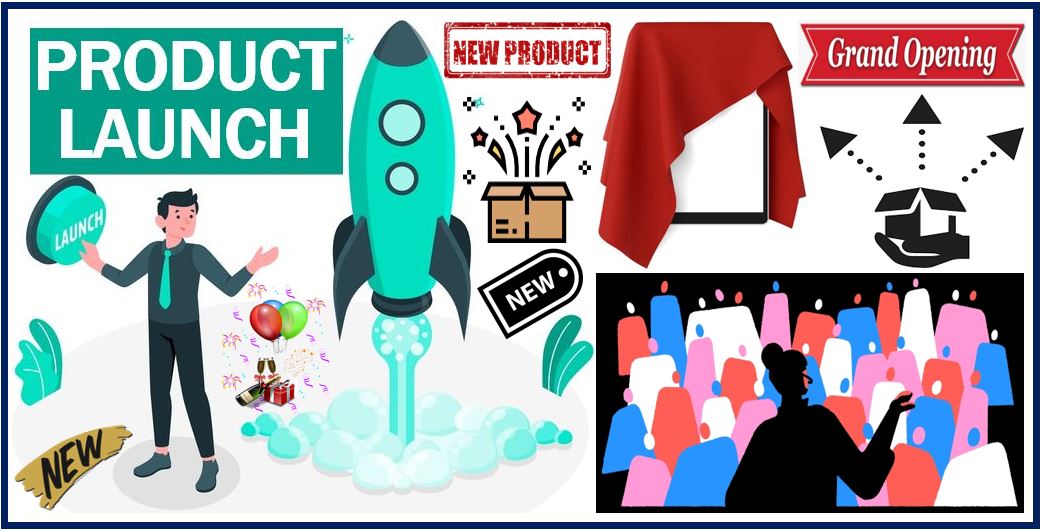

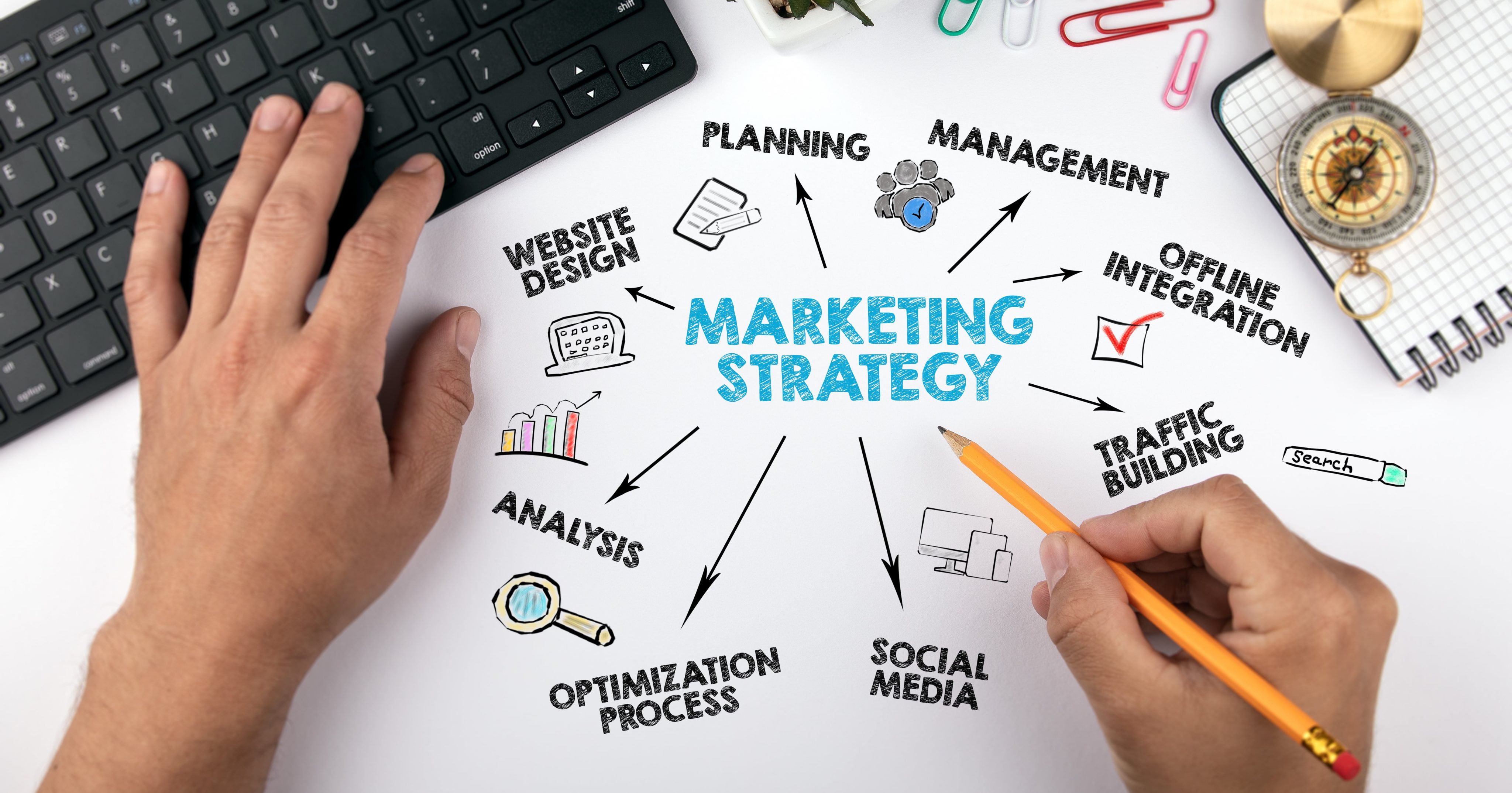
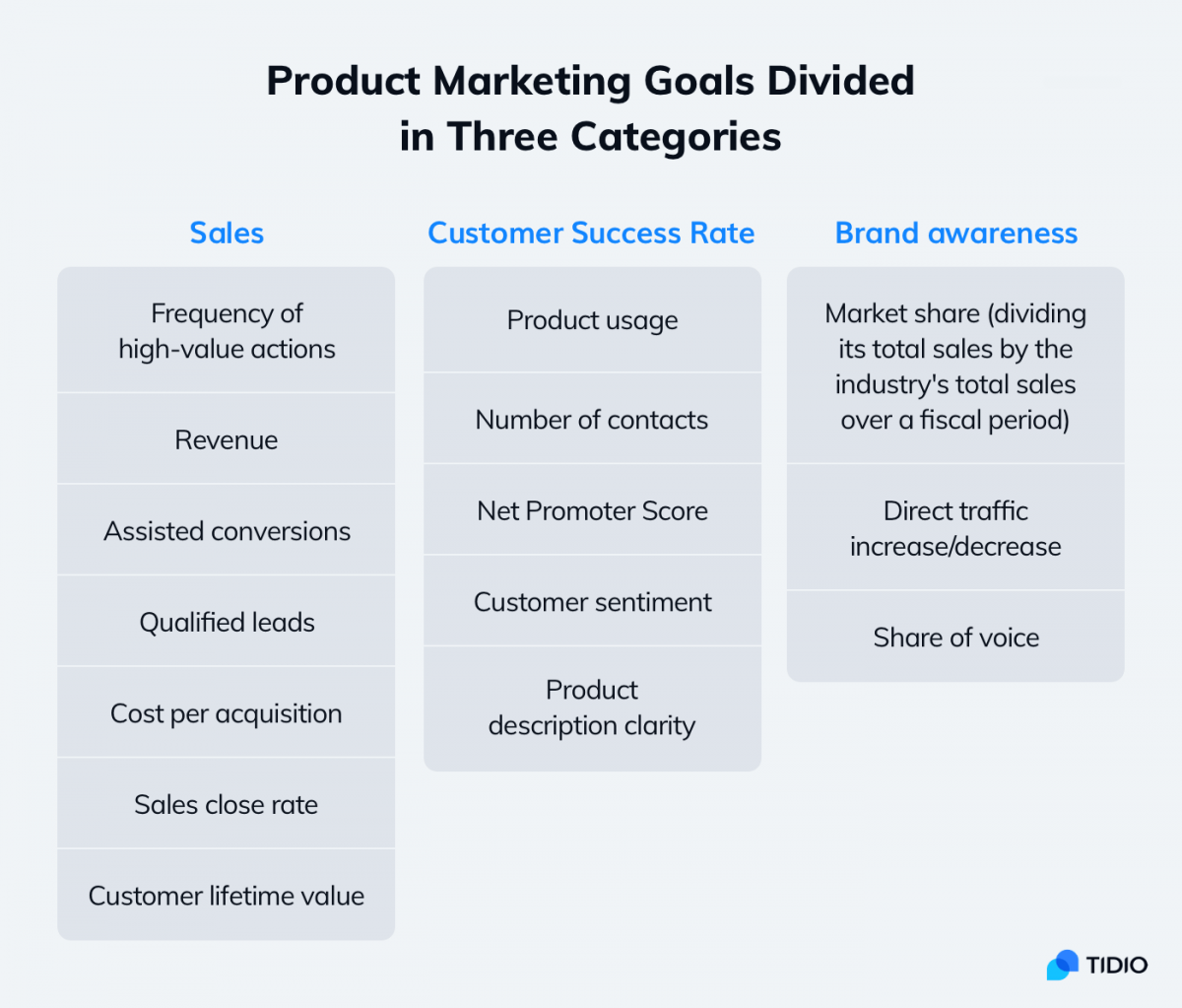
2. Tell a Story, Not Just a List:
Instead of simply listing features, weave them into a compelling narrative that highlights the benefits for your ideal customer. Use Sarah’s story as a framework:
- Problem: Sarah feels overwhelmed by managing multiple devices and worries about her home’s security while she’s away.
- Solution: Your smart home system offers a convenient and secure way to control her home remotely, giving her peace of mind and freeing up her time.
- Transformation: Sarah enjoys a more comfortable and stylish home, feels empowered by the control she has over her environment, and has more time to pursue her passions.
3. Use Visuals to Enhance Your Message:
Images, videos, and interactive demos can bring your product or service to life, making it more engaging and memorable. For example, you could show Sarah using your smart home system to adjust the thermostat, turn on the lights, and lock her doors, all from her phone.
4. Highlight Unique Selling Propositions (USPs):
What sets your product or service apart from the competition? Identify your USPs and showcase them prominently. For example, your smart home system might offer:
- Advanced AI-powered features: Personalized recommendations for energy efficiency and comfort.
- Seamless integration with other smart devices: Control your home ecosystem from a single platform.
- Intuitive and user-friendly interface: Easy to set up and use, even for tech-savvy individuals.
5. Demonstrate Social Proof:
Testimonials, reviews, and case studies from satisfied customers can build trust and credibility. Share stories of how your product or service has positively impacted others, reinforcing its value.
6. Use the Right Language:
Your language should be clear, concise, and tailored to your target audience. Avoid technical jargon and focus on using words that resonate with your ideal customer. For example, instead of saying "IoT platform," you could say "smart home system."
7. Offer a Clear Call to Action:
What do you want your audience to do after interacting with your message? Make it clear and easy for them to take the next step, whether it’s visiting your website, downloading a brochure, or scheduling a demo.
8. Continuously Iterate and Improve:
Product marketing is an ongoing process. Track your results, gather feedback, and make adjustments to your message and approach as needed.
By focusing on the "why" behind your product or service, and by using the strategies outlined above, you can effectively communicate its value to your ideal customer, driving them to make an informed purchasing decision.
Remember, product marketing is about building relationships, not just selling products. By understanding your customer’s needs and desires, and by tailoring your message to resonate with their "why," you can create a lasting connection that leads to success.
